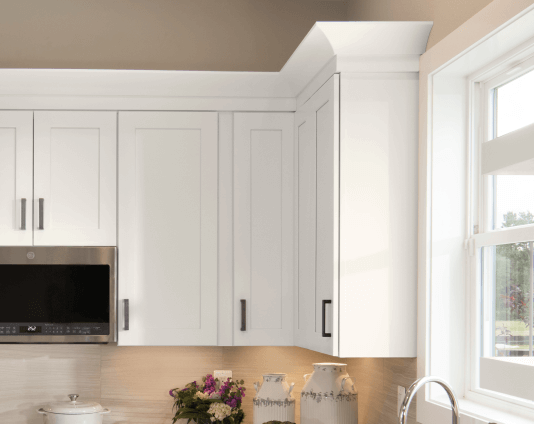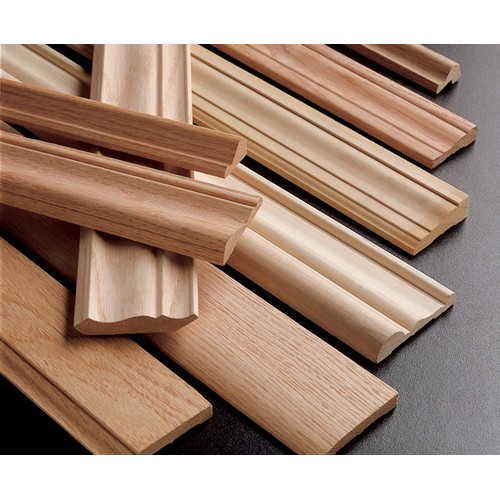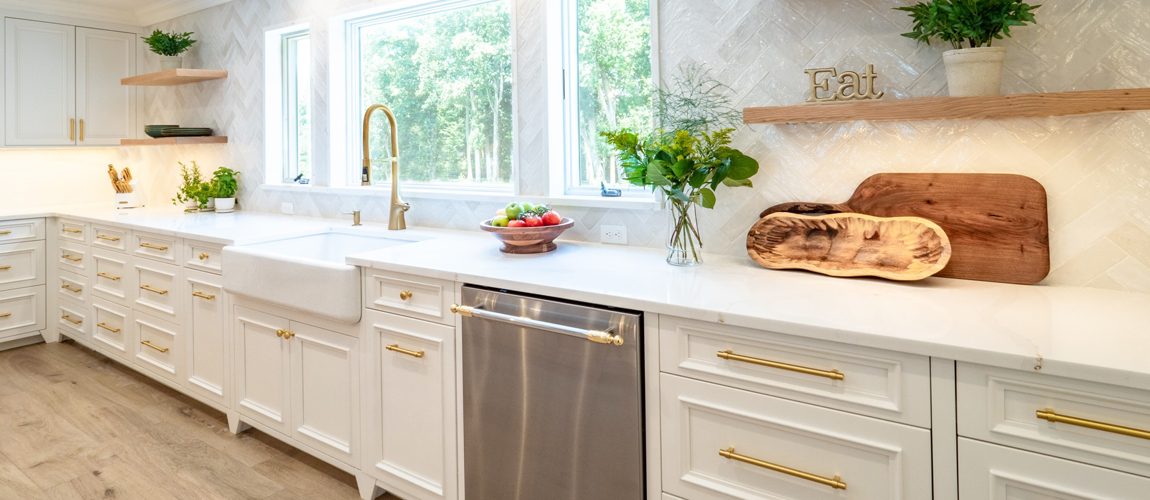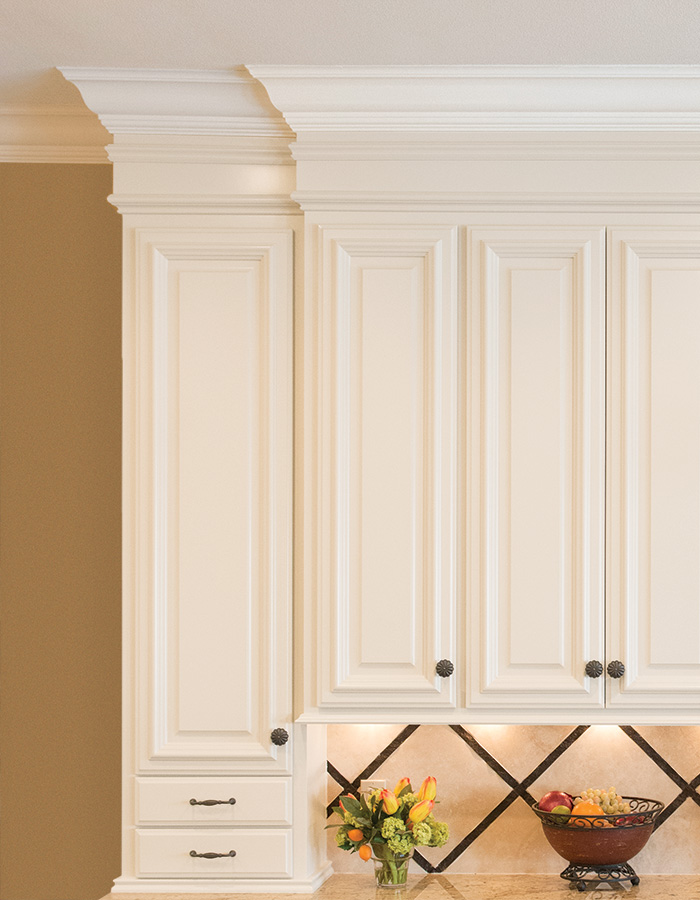Decorative cabinet trim molding can add a touch of elegance and sophistication to any room in your home. As someone who has spent countless weekends DIY-ing my space, I can personally attest to the transformative power of these decorative features. Not only does trim molding enhance aesthetic appeal, but it also serves functional purposes. In this comprehensive guide, we’ll explore everything you need to know about decorative cabinet trim molding, including styles, installation tips, and maintenance. So, let’s dive in!
What is Decorative Cabinet Trim Molding?
Decorative cabinet trim molding refers to the various styles of trim that can be added to the edges and surfaces of cabinets, providing an aesthetic uplift. Molding enhances the visual appeal and can create a cohesive look throughout your home. It’s commonly found in kitchens, bathrooms, and living areas.
Types of Decorative Cabinet Trim Molding
Understanding the different types of decorative cabinet trim molding can help you select the right style for your space. Here, we break down the most popular types:
- Crown Molding: A classic choice, crown molding is installed at the junction of the walls and cabinets.
- Base Molding: Placed at the bottom of cabinets, base molding creates a finished look and can add height.
- Chair Rail: Often used to separate two wall colors or patterns, this molding can be applied to cabinets for added detail.
- Panel Molding: Creates decorative panels on cabinet doors, giving a more custom look.
Why Use Decorative Cabinet Trim Molding?
There are several reasons why homeowners choose to incorporate decorative cabinet trim molding into their spaces:

1. Aesthetic Enhancement
Adding trim molding can elevate the overall look of your cabinets and make your space feel more finished and sophisticated.
2. Customization
With various styles, sizes, and finishes available, trim molding allows for custom looks that can be tailored to your preferences.

3. Increased Home Value
Well-executed trim work can increase your home’s resale value, making it an excellent investment for homeowners.
4. Functional Benefits
Trim molding can also help cover gaps between cabinets and walls, which can improve the overall functionality of your kitchen or bathroom.

Choosing the Right Decorative Cabinet Trim Molding
Not all molding is created equal. Here’s how to choose the right decorative cabinet trim molding for your home:
Consider Your Style
Your home’s architecture and design style will dictate the type of trim you should choose. For example:
- Modern Homes: Opt for simple, sleek lines and minimalistic designs.
- Traditional Homes: Look for ornate and detailed crown molding.

Material Matters
Trim molding can be made from various materials, each offering a unique look and durability.
| Material | Pros | Cons |
|---|---|---|
| Wood | Durable, customizable, can be painted or stained | Can warp or crack, may require maintenance |
| Composite | Cost-effective, resistant to moisture | Can look less authentic, limited customization |
| Polyurethane | Lightweight, easy to install, resistant to moisture | Less durable than wood |
Size & Scale
The size of the trim should be proportional to the cabinets. Tall cabinets benefit from larger, more ornate trim, while shorter cabinets may look best with smaller profiles.

How to Install Decorative Cabinet Trim Molding
Installing decorative cabinet trim molding can be a rewarding DIY project. Here’s a step-by-step guide based on my own experience:
Tools You’ll Need
- Measuring tape
- Miter saw
- Air nailer or hammer and finish nails
- Wood glue
- Caulk and caulk gun
- Painter’s tape
- Sandpaper and paint or stain (optional)

Step-by-Step Installation Process
- Measure Your Cabinets: Begin by measuring the areas where you plan to install the trim.
- Cut the Molding: Use a miter saw to make precise cuts for the corners.
- Dry Fit the Pieces: Place the trim pieces against the cabinets to ensure they fit properly.
- Attach the Trim: Apply wood glue to the back of the trim and secure it in place with an air nailer or hammer.
- Fill Gaps: Use caulk to fill any gaps between the trim and the cabinets.
- Finish: Sand any rough edges and apply paint or stain as desired.
Maintenance Tips for Decorative Cabinet Trim Molding
Like anything else in your home, decorative cabinet trim molding will require some maintenance over time. Here are a few tips to keep it looking its best:

Regular Cleaning
Dust and dirt can accumulate over time, so regular cleaning with a damp cloth can keep your trim looking fresh.
Check for Damage
Periodically inspect your trim for signs of damage, such as cracking or lifting. Address these issues promptly to prevent further deterioration.
Repaint or Refinish as Needed
If your trim loses its luster, consider repainting or refinishing it. This can bring new life back into your cabinets and freshen up your space.
Decorative Cabinet Trim Molding FAQs
What is the average cost of decorative cabinet trim molding?
The cost can vary significantly based on material and style, but on average, you can expect to pay between $1 to $10 per linear foot for the molding itself, plus installation costs if you hire a professional.
Can I install decorative cabinet trim molding myself?
Yes! With the right tools and a bit of patience, many homeowners successfully install decorative cabinet trim molding on their own. Just follow the guidelines I’ve shared above.
What styles are trending in decorative cabinet trim molding?
Currently, minimalist and farmhouse styles are trending. Clean lines, subtle details, and natural finishes are particularly popular.
How do I choose the right color for my trim molding?
When choosing a color, consider the overall color scheme of your space. A contrasting color can make the trim pop, while a similar tone can create a seamless look.
Pros and Cons of Decorative Cabinet Trim Molding
| Pros | Cons |
|---|---|
| Enhances aesthetic appeal | Can be costly depending on material and style |
| Increases property value | Installation can be time-consuming |
| Offers customization options | Requires regular maintenance |
Conclusion
Decorative cabinet trim molding is more than just an accent; it’s a way to express your style and enhance the beauty of your home. Whether you’re tackling a DIY project or hiring a professional, understanding the various aspects of trim molding—from the types and styles to installation and maintenance—will help you make informed decisions. Remember, the right trim can truly elevate your space and increase its value, making it a worthwhile investment. Happy decorating!